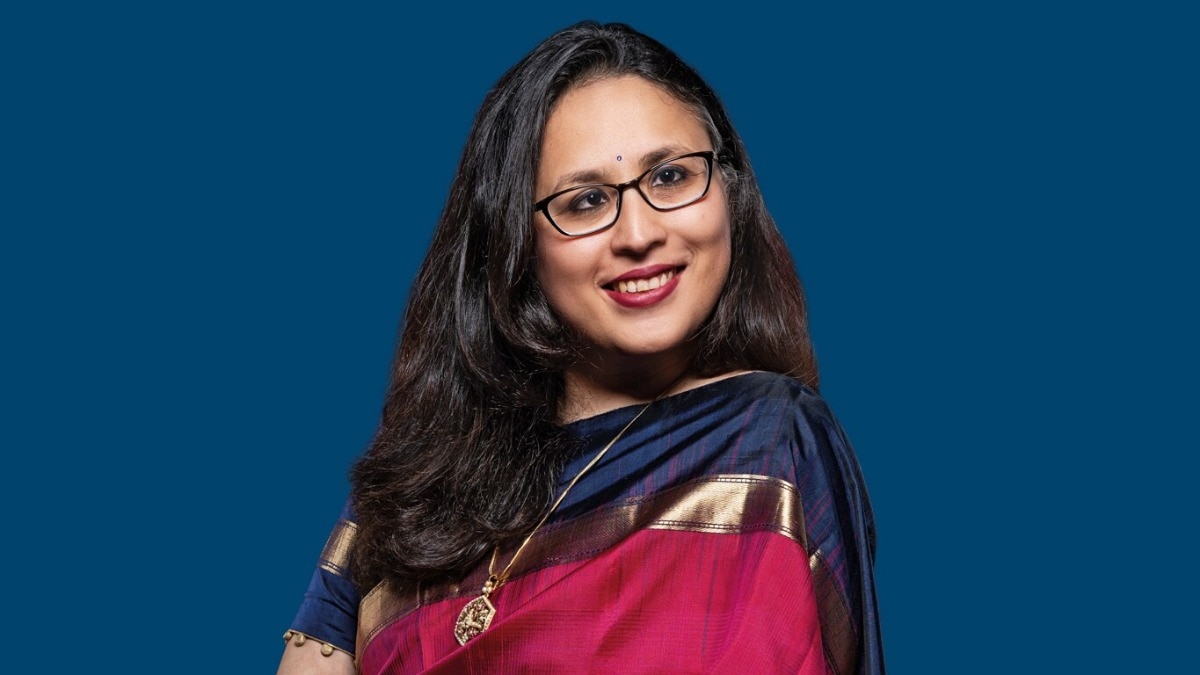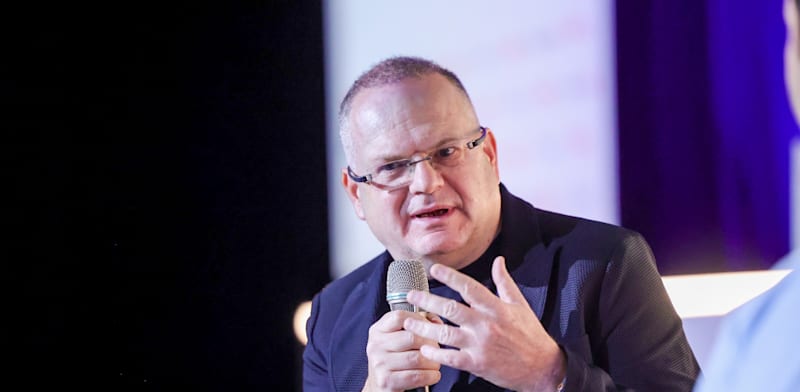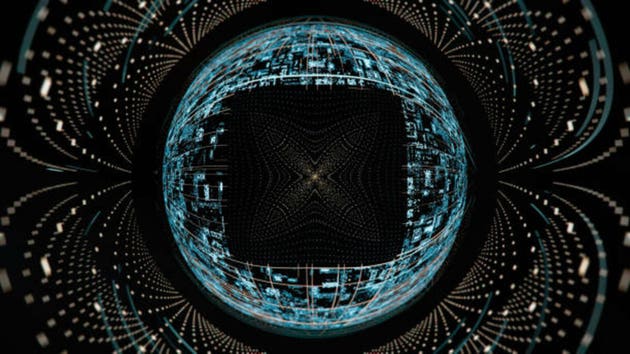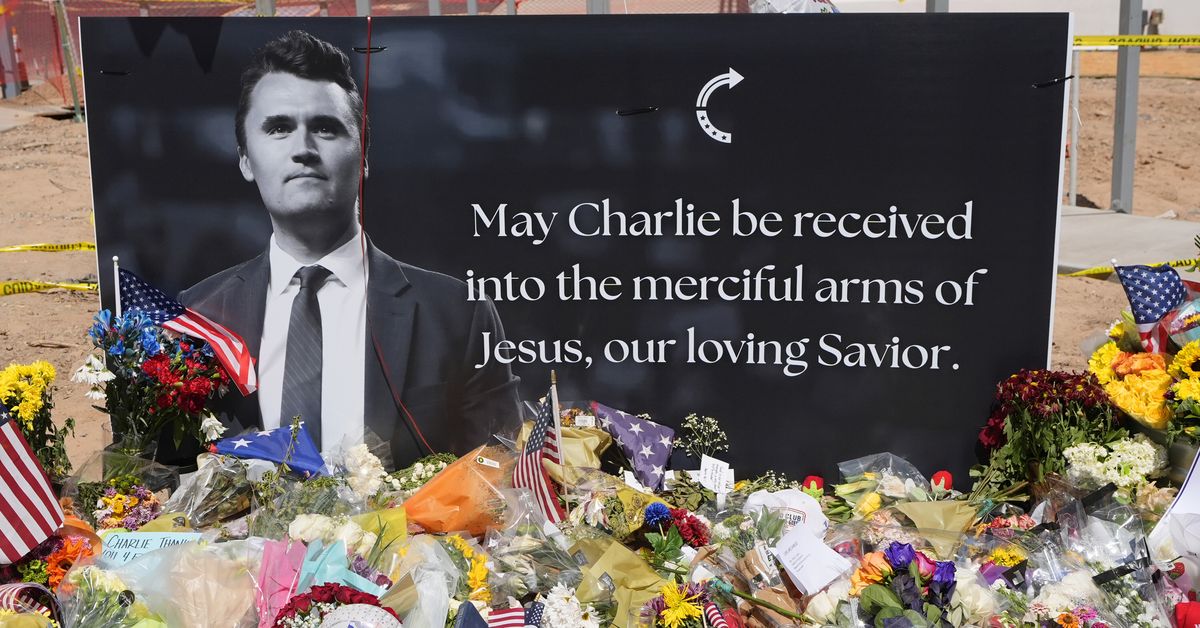Is ₹70 lakh a year still “middle class” in India? That question, raised in a podcast by Rahul Jain, has reignited a deeper debate around rising incomes, social media pressures, and the myth of the modern Indian middle class. And according to the CEO of Edelweiss Mutual Fund, the answer is blunt: it’s not.
“What we now like to call middle class is almost cool,” she said during a conversation with Jain. “The reality is—none of us are middle class. The technical definition of middle class cannot be ₹70 lakh of income. ₹70 lakh is upper class.”
For many urban professionals, however, even seven-figure salaries feel inadequate. With skyrocketing rent, lifestyle inflation, and endless comparisons on social media, there’s a growing sentiment that no salary feels enough. But the Edelweiss CEO sees that as part of a broader identity crisis, where Indians earning in the top percentiles still cling to a “middle class” label because of their upbringing.
“All of us come from middle class roots. We have middle class psychosis, middle class thinking, grandparents who were middle or lower middle class,” she said. “We hold that word very dear to us. But let’s be real—most of us are not middle class anymore.”
She pegs the actual middle class income range in India at just ₹5–8 lakh a year, not ₹70 lakh. And in a country of 140 crore people, she points out, trying to apply one average to all is “meaningless.” About 10 crore people have a per capita income of $12,000–$14,000, she noted, while over 100 crore live at under $2,000 a year.
What complicates things further is how social media shapes modern aspirations—and dissatisfaction. “I spoke to a Gen Z kid,” she said, “and asked why they’re resistant to 60–70 hour work weeks. He said, ‘We have to go to the gym, maintain fitness, take vacations—because we’re competing on social media.’”
That public comparison, she added, amplifies financial anxiety. “The conflict between saving and spending always existed. But today, it’s exaggerated.”
So while ₹70 lakh is objectively a high income, the psychological and social perception of “not having enough” persists.








